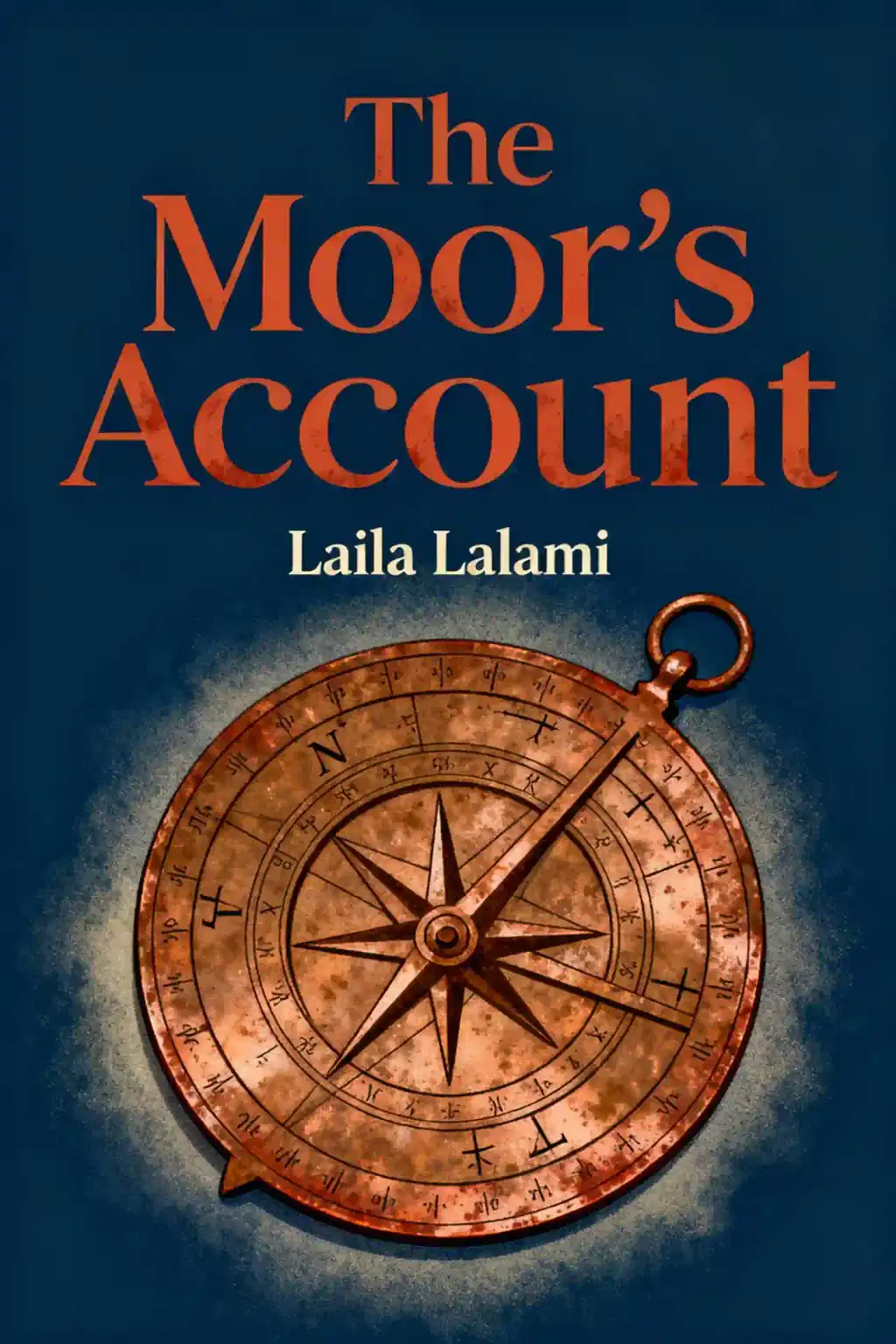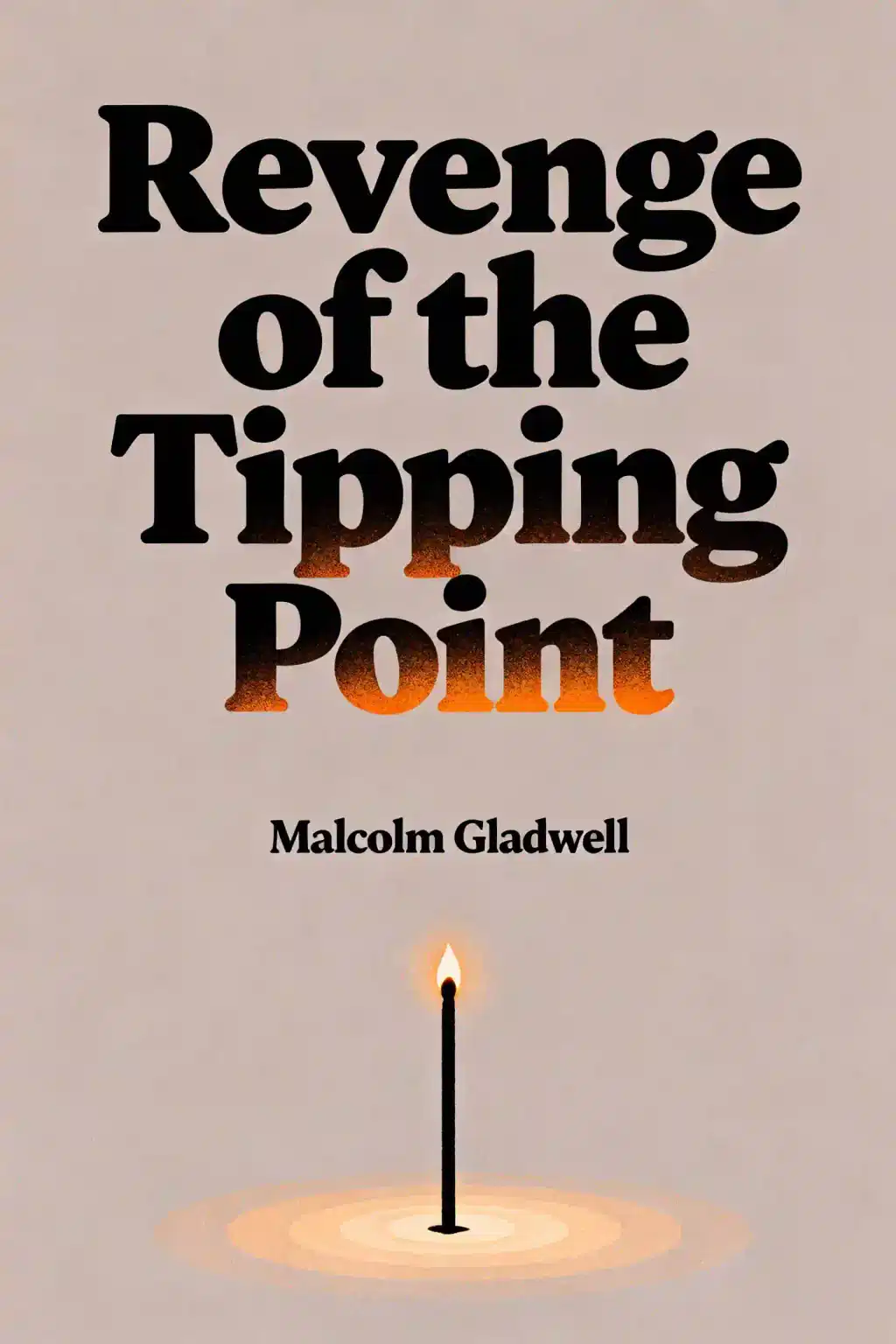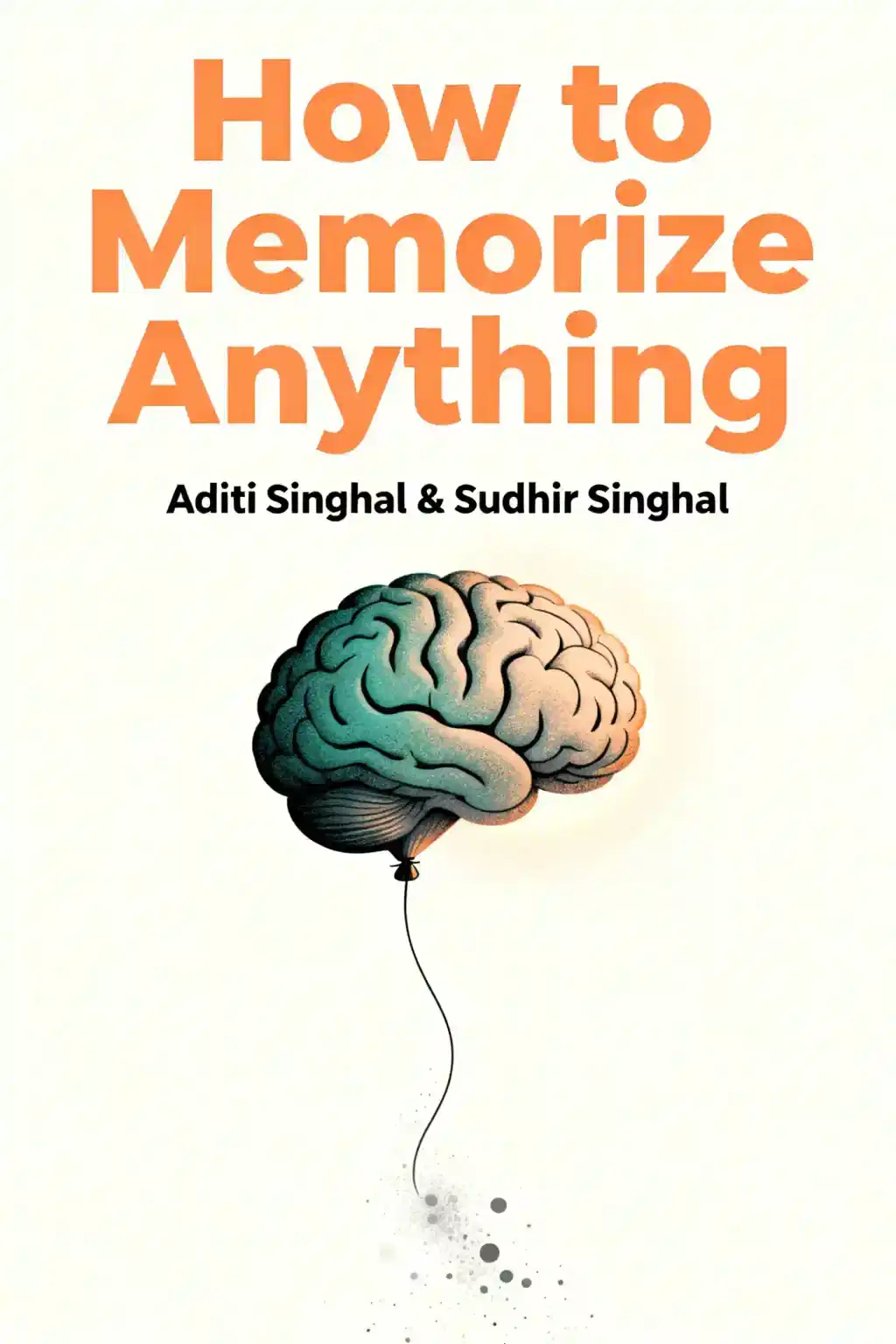
The Moor's Account by Laila Lalami Summary
A Pulitzer finalist reimagining America's past through Moroccan slave Estebanico's eyes. Structured as a 16th-century Arabic travelogue, Lalami's masterpiece challenges whose stories become history. What truths lie buried in the voices history tried to erase?
About the author
Laila Lalami, born in 1968 in Morocco, is the Pulitzer Prize-nominated author of The Moor's Account and a distinguished professor of creative writing at the University of California, Riverside.
This historical fiction reimagines the story of Estevanico, a Moroccan slave on the 1527 Narváez expedition, giving voice to a figure largely erased from historical accounts. Lalami's Moroccan-American identity and background in linguistics deeply inform her exploration of marginalized narratives, colonialism, and displacement.
The Moor's Account won the American Book Award, the Arab-American Book Award, and the Hurston/Wright Legacy Award, and was longlisted for the Booker Prize. Her other acclaimed novels include The Other Americans, a National Book Award finalist, and her latest, The Dream Hotel (2025). A Guggenheim and Fulbright Fellow, Lalami's essays appear regularly in The New York Times, The Washington Post, and The Nation. Her books have been translated into over twenty languages.
FAQs About This Book
The Moor's Account is a historical fiction novel that tells the story of Mustafa ibn Muhammad, a Moroccan slave who survived the disastrous 1527 Narváez expedition to Florida. The novel chronicles how four survivors—including the slave Estebanico—traveled across America for eight years, facing disease, starvation, and indigenous resistance while transforming from conquistadores into faith healers and ultimately challenging official historical narratives.
Laila Lalami is a Moroccan-American novelist, essayist, and professor of creative writing at the University of California, Riverside. She wrote The Moor's Account to give voice to Estebanico, the first Black explorer of America whose testimony was excluded from official records. Lalami's background—born in Morocco, educated in Great Britain and the United States—uniquely positions her to explore themes of belonging, displacement, and marginalized narratives in her award-winning work.
The Moor's Account is highly worth reading for those interested in historical fiction, early American exploration, and alternative perspectives on history. The novel won the American Book Award, Arab-American Book Award, and Hurston/Wright Legacy Award, and was a finalist for the 2015 Pulitzer Prize for Fiction. Readers praise Lalami's vivid descriptions of 16th-century wilderness America, compelling character development, and her ability to illuminate how Black men and Native Americans actively shaped New World exploration.
The Moor's Account appeals to readers interested in historical fiction, early American history, postcolonial narratives, and stories of survival and resilience. It's ideal for those seeking diverse perspectives on conquest and exploration, fans of character-driven narratives, and anyone curious about untold histories. The book also resonates with readers interested in themes of identity, freedom, storytelling as resistance, and the complex relationships between enslaved people, colonizers, and indigenous populations.
The Moor's Account is based on the real 1527 Narváez expedition, which sailed from Spain with 600 men to claim Florida's Gulf Coast. Only four survivors remained after facing disease, starvation, and indigenous resistance: treasurer Cabeza de Vaca, nobleman Alonso del Castillo, captain Andrés Dorantes, and his Moroccan slave Estebanico. Laila Lalami reimagines Estebanico's untold perspective, as historical records contained only one line about him: "an Arab Negro from Azamor."
Mustafa, the protagonist of The Moor's Account, begins as a Moroccan merchant who sold himself into slavery to save his starving family. Throughout the eight-year journey across America, he survives alongside three Spanish conquistadores, living among indigenous tribes and becoming a faith healer. The novel's ending sees Mustafa choosing to write his own account, reclaiming his voice and rejecting the imperial narrative, though his future remains uncertain as he seeks freedom and authenticity.
The Moor's Account explores storytelling as resistance and survival, showing how narratives can challenge dominant historical records. Major themes include:
- The transformation from freedom to bondage and back
- The rejection of imperial conquest
- The significant roles Black men and Native Americans played in New World exploration
- Cultural identity
Laila Lalami examines how stories transmigrate into history, the power of marginalized voices, and the search for belonging across different worlds and cultures.
The Moor's Account portrays Native Americans as active participants rather than silent witnesses to exploration. Laila Lalami depicts various indigenous tribes who kept the four survivors alive during their eight-year journey, offering food, shelter, and knowledge. The novel shows complex relationships between the survivors and Native peoples, including resistance to Spanish conquest, cultural exchange, and the survivors' transformation into faith healers who earned respect within indigenous communities, challenging traditional conquest narratives.
Storytelling in The Moor's Account represents power, resistance, and the preservation of memory. Mustafa's decision to write his own account challenges official Spanish records that excluded his testimony as a slave. Laila Lalami demonstrates how controlling narratives shapes history, suggesting the expedition's true legacy lies in the stories told about it rather than conquest itself. The novel emphasizes that storytelling offers chances for redemption, survival, and reclaiming silenced voices from historical erasure.
The Moor's Account ends with Mustafa choosing to write his own testimony, reclaiming his voice after being excluded from official Spanish records. This act represents resistance against imperial narratives and the erasure of enslaved people's perspectives. Mustafa rejects returning to the Spanish empire, choosing to live among indigenous peoples in search of authentic freedom. The ending emphasizes that true liberation comes through self-authorship and that marginalized voices can challenge dominant historical accounts.
The Moor's Account by Laila Lalami won the American Book Award, Arab-American Book Award, and Hurston/Wright Legacy Award for its powerful reimagining of early American exploration from a marginalized perspective. Most notably, the novel was a finalist for the 2015 Pulitzer Prize for Fiction. These accolades recognize Lalami's literary craftsmanship, historical research, and her success in giving voice to Estebanico, whose story was largely erased from official historical records despite being America's first Black explorer.
The Moor's Account distinguishes itself by centering a Moroccan slave's perspective rather than European conquerors, offering an alternative narrative to traditional exploration stories. Unlike conquest-glorifying accounts, Laila Lalami's novel shows the expedition's failures, the survivors' dependence on indigenous peoples, and their transformation from conquerors to servants. The book combines rigorous historical research with literary imagination, similar to works like Colson Whitehead's The Underground Railroad, while specifically illuminating North African and Black experiences in early American history that remain largely untold.
Quick Summary Mode - Read or listen to The Moor's Account Summary in 8 Minutes
Break down key ideas from The Moor's Account into bite-sized takeaways to understand how innovative teams create, collaborate, and grow.
Flash Card Mode - Top 10 Insights from The Moor's Account in a Nutshell
Distill The Moor's Account into rapid-fire memory cues that highlight Pixar’s principles of candor, teamwork, and creative resilience.

Fun Mode - The Moor's Account Lessons Told Through 25-Min Stories
Experience The Moor's Account through vivid storytelling that turns Pixar’s innovation lessons into moments you’ll remember and apply.
Personalize Mode - Read or listen to The Moor's Account Summary in 0 Minutes
Ask anything, pick the voice, and co-create insights that truly resonate with you.

From Columbia University alumni built in San Francisco
See More Stories?

Get the The Moor's Account summary as a free PDF or EPUB. Print it or read offline anytime.
























